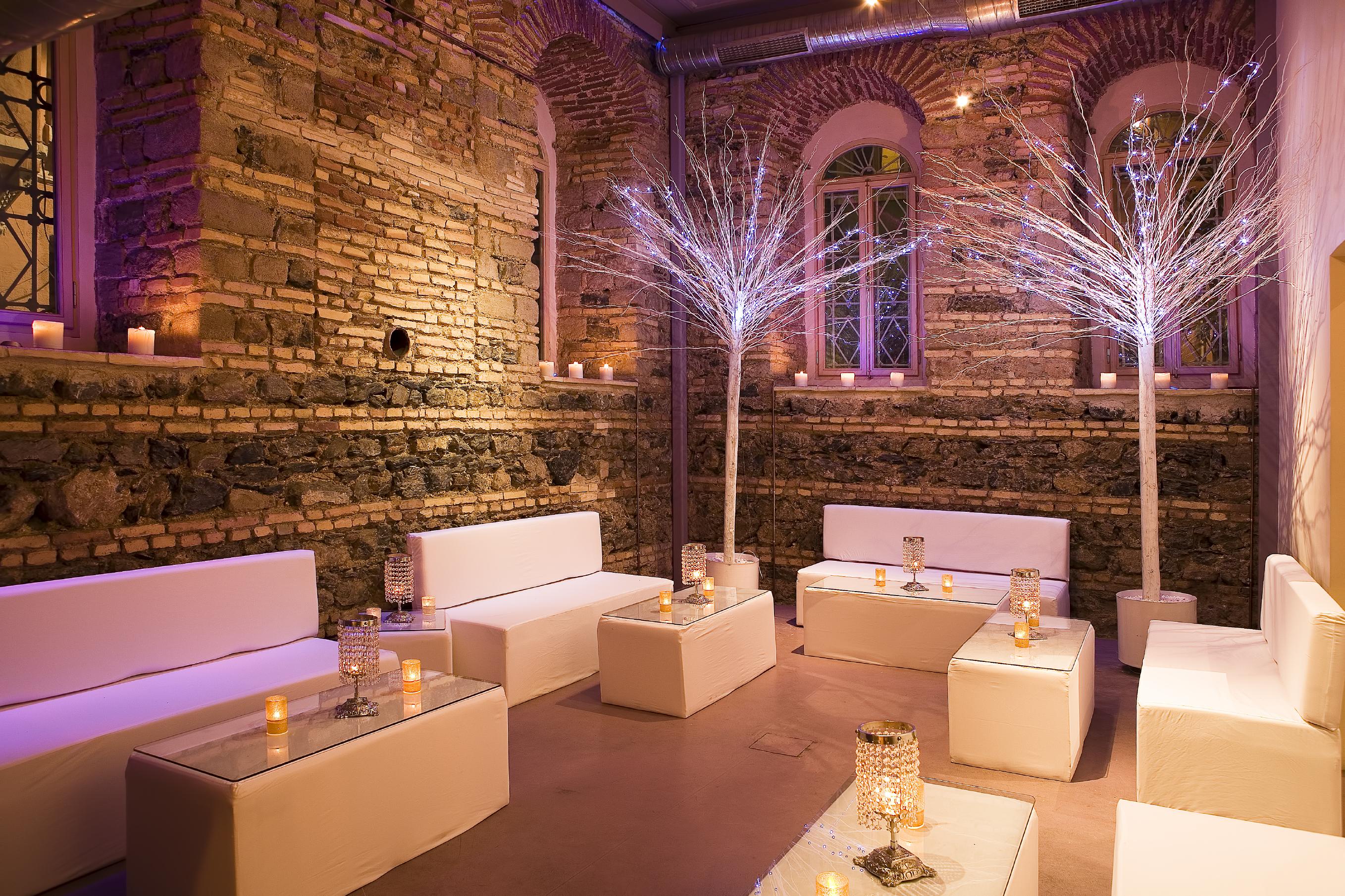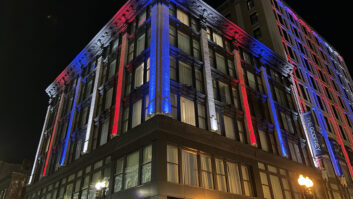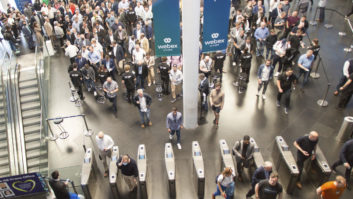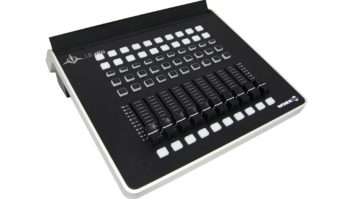
Early problems with LED lighting control have been overcome as cost and functionality have improved, leading to dramatic growth in LED lighting in commercial installations. And the boom is set to continue discovers Steve Montgomery.
LED prices have declined since their introduction to the point at which this type of lighting is becoming the economical choice in almost every application. At the same time legislation on energy consumption globally has generated enormous demand for LED lighting across all major end uses: commercial buildings, residential buildings, industrial buildings and outdoor applications. Navigant Research estimates that the worldwide shipment of LED lamps and modules is expected to grow from 864 million in 2015 to more than 4.1 billion by 2024, as 75% of the world’s light fittings are updated.
The consequent level of demand has provided a massive opportunity for commercial lighting and building services system integrators. However the technology used to switch and dim LED lighting is completely different from that of legacy incandescent and fluorescent lighting, requiring integrators to learn and master new concepts of application and fault finding.
Over the 10 years or so that LED lighting has grown to become a widely available commercial product, these early problems with the electronic drivers and dimmers have been almost completely resolved. Today’s controllers no longer suffer from distracting effects of flicker, noise, irregular dimming, colour change and shimmer. In retrofit installations, incandescent dimmer controllers are unsuitable, largely because they were not designed to operate with the much lower loads of LED or use electronic power techniques designed for purely resistive loads. Installing LED lamps as replacements to other types generally means the replacement of control equipment too, which adds to the cost and complexity.
“LED lighting systems are different from incandescent lamps,” explains Lutron’s Samuel Woodward, customer education leader for Europe and Africa. “The various parts of an LED system, including the ‘light-engine’, the driver and the dimmer, all interact in electrically complex ways, unlike a resistive lamp. These complex interactions can result in flicker and other undesirable performance issues, which may vary considerably between different models of lamps when used with different models of dimmer. The challenge in Europe is that, while there are many standards for product safety which apply to both lamps and fixtures, there are no industry standards in place by which to ensure the compatibility of light-sources and dimmers.
“This means that the only way a designer can be certain that a system will work is to test each combination of lamp and dimmer, as different combinations will yield different performance. Verifying compatibility must go far beyond a simple ‘look and see’ test for dimming, as electrical issues such as inrush currents, power-factor problems and noise, may vary in their affect on both performance and system life. In response to the global industry need for extensive compatibility test data, Lutron has developed a rigorous test regime, featuring over 25 electrical and aesthetic checks for every model of lamp, to validate its performance in combination with each dimmer type. We have been building a library of test data since 2009 and have tested over 2,000 lamps in combination with our ranges of dimmers.”
Peter Broome, director, of Rako Controls agrees: “The big problem of dimming LEDs is the massive range of interpretation of standards and general quality and product design. This applies to mains dimmable drivers and fittings as well as DALI and 1-10V control systems. We have experienced projects recently in which LED drivers operating well within the DALI spec simply did not work. Some needed a higher voltage to operate, others in which the light did not turn off when the DALI signal was taken to zero and required the mains to be switched; which is not ideal as some drivers initially power on at full brightness or flash, before dimming to their correct level. Not ideal in say a restaurant, cinema or theatre-type environment.
“Unfortunately it is generally the controls company that is left to pick up the pieces and make it work.
“With mains dimmable devices it is the current surge that needs to be considered, it can vary greatly between fittings. To help, we test many lamps and drivers to allow installers to choose what is best for them and are happy to test fittings new ones on request.”
Click the link for the next part on technology integration.







